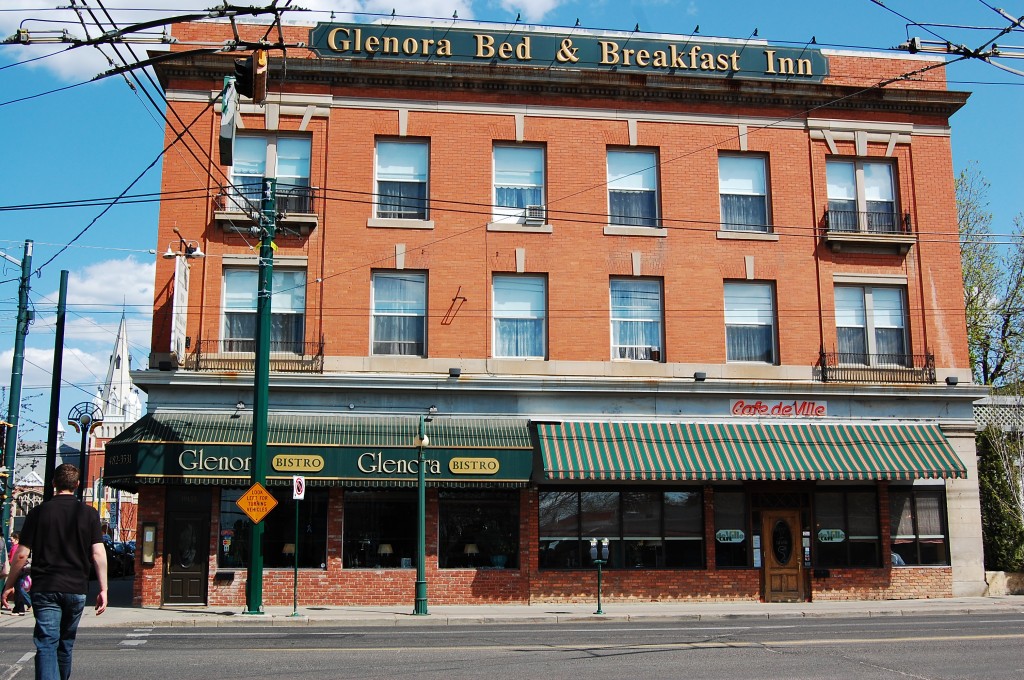Community Profile: Grovenor, North Glenora, and Glenora
Mon, 14 AprDiversity, ecology, proximity, family: these are the values cited by the extensive Grovenor community website . An unexpectedly old neighborhood, considering its relative distance from the city’s core, the original dwellings bordering the ravine were built around 1907. The community borders 149 Street to 142 Street on the east and west, and 107 Avenue south to the Mackinnon Ravine.
In the area’s extensive history it has changed names (formerly Westgrove) and spurred on by the railways passing through was almost completely industrial up until the 1940’s. Then a transformation began, completed in 1980, to an entirely residential community save a few bordering shops on it’s main thoroughfares.
A tight knit community known for it’s elaborate Halloween houses, success in the sport of shinny, and it’s focus on family values, the community emphasizes the desirability of the area for raising children, noting it’s elementary school, historic church, and community league programs.
Bordering Grovenor to the east is the historic community of Glenora, which naturally falls just south of the community of North Glenora. Glenora extends from 142 Street to Groat Road and the River Vallery, and north until 107 Avenue. North Glenora resides on 107 Avenue to 111 Avenue and 142 Street to Groat Road.
It may not be surprising to learn that the area of Glenora was part of an 1860’s river lot owned by Malcolm Groat, namesake to much of the area’s landmarks and of course Groat Road, which at the time demarcated the outer city limits.

Glenora Bed & Breakfast. Image Credit: Darren Kirby
This sprawling riverside area is notable for the Royal Alberta Musuem and it’s surrounding parkland, as well as Alberta Government House and the local hidden gem, Glenora Bed and Breakfast. Glenora is also home to 4 schools; 2 public, 1 Catholic, and 1 private. The area is considered relatively affluent, according to recent census statistics, with 4 out of every 5 homes being owner occupied.
North Glenora is geographically one of the smaller residential areas in the city, occupying less than 87 hectares, and also made up part of the original parcel of land owned by Malcolm Groat. The residential boom of North Glenora occurred in the years following World War II when just over 86% of it’s residences were constructed. Before this time, much of the area was undeveloped land, trees, and dirt trails, save for a few residences.
Noted for it’s beautifully maintained, tree-lined streets, the area is especially picturesque in the autumn months. It’s residences surround the sprawling North Glenora Park, where recreation is facilitated year-round, with amenities that include a skating rink, spray park, soccer field, basketball court, and renovated community league hall.


